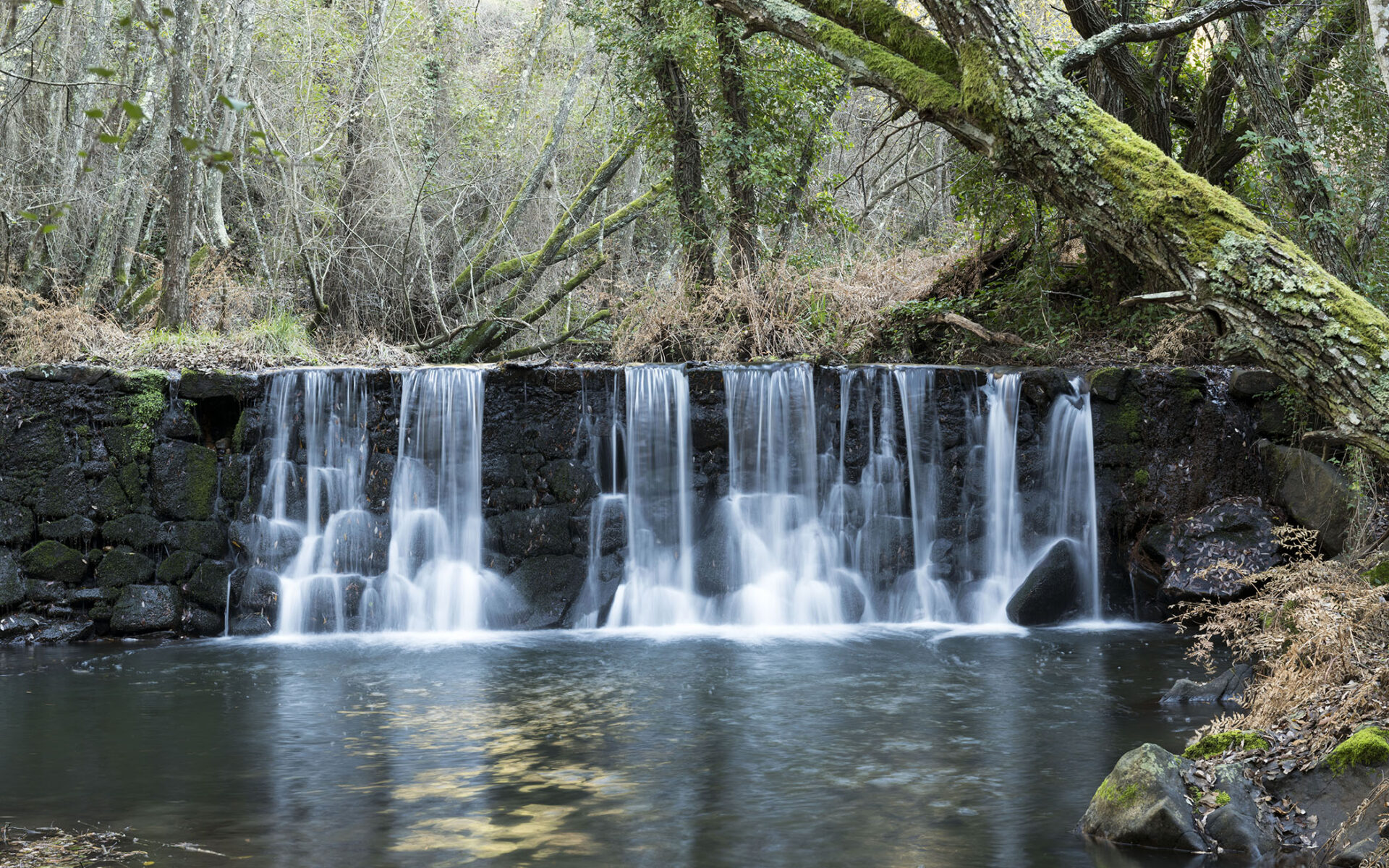Revision of the Livro Vermelho dos Peixes (Red Book of Fish)
This book is vital in setting out the priorities for conserving the biodiversity of the freshwater and diadromous species which exist in Mainland Portugal.
Sounding the alarm about how several freshwater species are at risk of extinction. This is just one way to describe part of the work to revise the Red Book of Freshwater and Diadromous Fish in Mainland Portugal, which is being coordinated by João Oliveira, a researcher at the Centre for Ecology, Evolution and Environmental Changes at the University of Lisbon’s Faculty of Science (cE3c/FCUL).

The project is expected to be completed in April 2021, and is envisaged to be a vital contribution towards assessing the conservation status of the freshwater and diadromous fish species included in the Habitats Directive. In order to carry out an exhaustive survey of existing species, the research team has to work in an area of intervention which covers the whole of Mainland Portugal, focusing particularly on 52 sites in the Rede Natura 2000 network which are important to the community, and in other areas of the country on which information is lacking.
We spoke with João Oliveira, a researcher at the Faculty of Science at the University of Lisbon, to find out how much progress has been made on this data survey and about the partnership to study and analyse the species living at the biodiversity stations managed by Altri Florestal at the ribeira dos Rouxinóis stream, in Furadouro, and at the ribeira da Foz stream.
What’s the red book of fish and who finances it?
The Red Book of Fish provides information about how different species are in danger of extinction. It is vital in setting out priorities to preserve biodiversity. There is another objective to the project, which is to develop an interactive platform with free webSIG access containing historical and current information on the fish which live in our rivers. It’s financed by the POSEUR and the Environmental Fund, and promoted by FCiências.ID, in partnership with the ICNF, IP institute of conservation. Field work began in February 2019 to ascertain how abundant these species are and whereabouts they are to be found in Mainland Portugal’s rivers.
What conclusions can be drawn from the work that’s been done so far?
At the moment, only some of the data regarding migratory species have been analysed in more detail. To put it briefly, we can see that Portugal’s rivers and estuaries are still attracting migratory diadromous fish (e.g., shad, eel, lamprey, salmon), some of which are still visiting quite extensively around the country; however, species which are under greater threat, such as the salmon and sea trout, are much less common.

How many people took part in this survey and how many bodies are involved in the project?
Several institutions and dozens of people are involved in this project (which includes many other initiatives as well as this field work, such as genetic studies, development of a webSIG platform containing information on the various different species and a communication plan, among other things).
Which bodies are performing the field work?
This is being done by a consortium which includes the University of Évora, the University of Trás-os-Montes e Alto Douro and the Polytechnic Institute of Bragança, with support provided by the MARE – Centro de Ciências do Mar do Ambiente.
How did the relationship with altriflorestal arise?
It was one of those interactions which came about very naturally – as I’ve been working in the field of aquatic ecology for several years, and given Altri’s growing interest in promoting technical and scientific work which aims to gain a better understanding of how forest management influences the conservation of biodiversity, it didn’t take long to start up a collaborative relationship which has been ongoing for a few years now and which has been very fruitful.
What did you find at the ribeira dos Rouxinóis station (Furadouro) and at ribeira da Foz?
The last surveys of fauna carried out at these locations (2016-2017) showed a great deal of biological diversity. This is quite remarkable if we take into account how small these water courses are. For example, at Furadouro we found species such as the eel (under threat) and several amphibians, such as the Iberian painted frog (near threatened) and Bosca’s newt. At ribeira da Foz we found seven native fish species, including the sea lamprey and the boga-portuguesa.

What other studies were carried out?
As well as vertebrate fauna which live in and around water, namely fish and amphibians, we have also been studying benthic macroinvertebrates (insects, molluscs, etc. which live in rivers), and we have also evaluated the physical quality of the rivers, in other words, the “naturalness” of the river bed and banks.
What can you tell us about the influence of the careful management of eucalyptus forests on biodiversity preservation?
We can say for sure that the rivers associated with certified eucalyptus forests are of good quality ecologically and have significant aquatic biodiversity. In fact, we have been publishing our results in international science magazines where we have demonstrated that careful and sustained management of plantations can encourage the conservation of the rivers and of their flora and fauna. By this, I mean – for example – maintaining the native riparian vegetation (crucial), keeping unpaved forest roads away from water courses and ensuring that eucalyptus trees are not planted on the waterfront.
Will you be developing other biodiversity stations in partnership with altriflorestal?
For our part, we are happy to continue this partnership with Altri Florestal, both in terms of the biodiversity stations and other work. In fact, I don’t think I’m giving away any secrets when I say that we are already putting together station fieldwork to be implemented by Altri in the near future, and indeed we’d even like to upgrade it, by studying other biological groups such as water birds.

